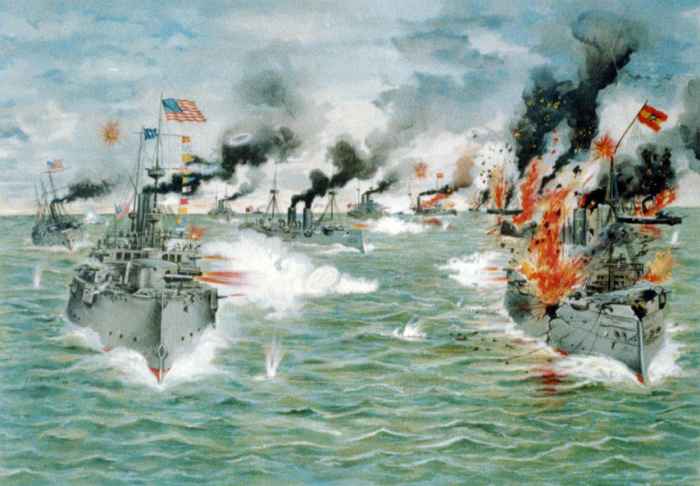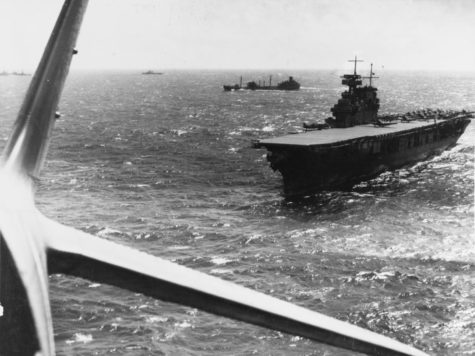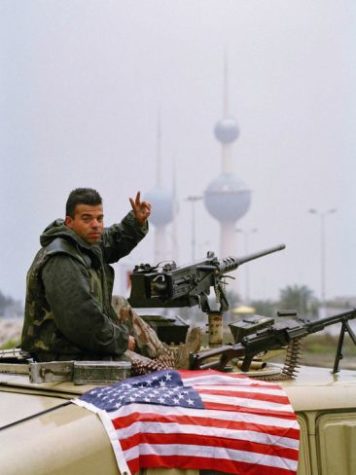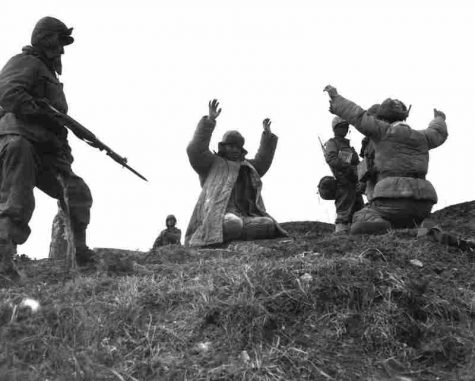The Start of the Spanish-American War
The Spanish-American War was one that killed an empire. At its height, the Spanish Empire controlled much of North and South America, along with the Philippines in the Pacific, southern Italy and the Netherlands in Europe, and modern-day Western Sahara in Africa. By 1895, however, the Spanish Empire was whittled down to only a few islands in the Caribbean and others in the Pacific, including the Philippines. In North America, a new power was rising: the United States.
In 1898, the Spanish were dealing with many rebellions in their overseas colonies, with the most well known being the Cuban Rebellion. Many of the American journalists who went to Cuba to report on the movement sensationalised the Spanish treatment of the native Cuban population. This was known as yellow journalism, which effectively created exasperation among the American population, who demanded that the U.S. government intervene in the rebellion down south. The U.S. government would not declare war on Spain, but they did not leave it off the table.
As an increase of anti-Spanish riots rose in Cuba, the American Battleship USS Maine was sent to Havana to protect U.S. citizens living there. The Maine was destroyed in an unexplainable explosion in Havana harbor, and Spain was instantly blamed for it. However, it was discovered that the explosion was caused by a fire in the ammunition compartment. Fueled with the exaggerated reports of Cuban treatment and American spirit, the United States was preparing to take down an empire.
The U.S. declared war on Spain on May 25, 1898. Neither the Spanish Navy or Army was prepared to go to war, and the U.S. took full advantage of that. On May 1, Commander Dewey led an American naval squadron into Manila Bay and destroyed the Spanish fleet there. It took only two hours to defeat the Spanish in Manila Bay, and only 10 Americans died, as compared to 370 Spaniards. It was a resounding victory for the Americans and embarrassed the Spanish government.
In Cuba, an American army under General William Shafter landed east of Santiago, Cuba, along with Theodore Roosevelt and his 1st Volunteer Cavalry. They began to creep towards the city in an effort to push Spanish Admiral Pascual Cervera out into open water.
Cervera would try to escape with his naval squadron, following along the coast westward. However, the U.S. Navy caught up with them and destroyed or burned every Spanish ship, crippling Spain’s ability to wage war in the Americas.
The war was brief yet monumental. The Treaty of Paris forced Spain to renounce any claim to Cuba. The United States also took ownership of Guam and Puerto Rico, along with buying the Philippines for $20 million.
The war was a resounding success for the United States, which established itself as the most powerful nation in North America, having humiliated a major European power. With its new territories, the U.S. would have more influence over the Caribbean and Pacific.
The Spanish Empire died when the treaty was signed. They lost all of their remaining overseas territories and were no longer feared by the rest of the European powers. Despite some minor land grabs in Africa in the early 20th century, Spain would not control any substantial territory. As of today, Spain only controls two tiny cities in Morocco.
Sources:







